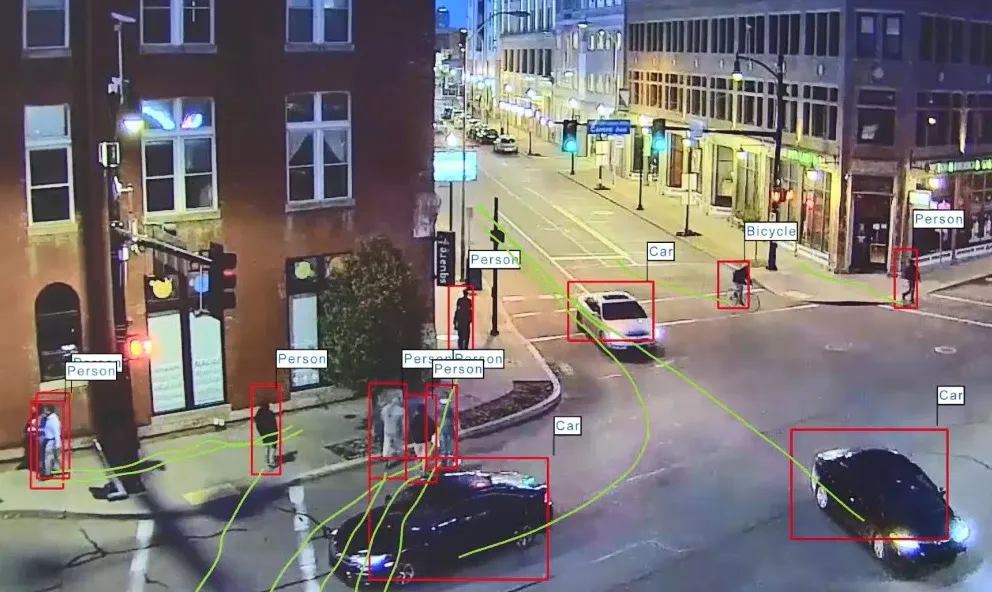Fontinalis Partners, a strategic investment firm, has invested in San Francisco-headquartered SQLstream Inc., which claims to be the first standards-based stream computing platform to enable companies to exploit and monetize their real-time service and sensor data.
April 19, 2012
Read time: 2 mins
RSS1072 Fontinalis Partners, a strategic investment firm, has invested in San Francisco-headquartered 589 SQLstream Inc., which claims to be the first standards-based stream computing platform to enable companies to exploit and monetize their real-time service and sensor data.
Fontinalis Partners says it recognised SQLstream’s potential following the company’s success in assisting various transportation agencies around the world. With 800 million vehicles on the world’s roads today, a number forecast to grow to four billion by 2050, multi-modal transportation management systems will need to analyse real-time sensor and GPS data dynamically on a massive scale to reduce congestion and optimise personal mobility. SQLstream’s technology makes this possible today. Both Fontinalis and SQLstream believe that SQLstream is uniquely positioned to drive the use of real time data, the explosion of which will spur opportunity and innovation across countless industries.
William Clay Ford, Jr. (Bill Ford), a founding partner of Fontinalis Partners and executive chairman of278 Ford Motor Company, commented “We’re excited to announce our partnership with the SQLstream team. Real-time systems that react immediately to changing traffic conditions are essential to finding sustainable solutions to the world’s most pressing congestion and environmental problems. SQLstream’s pioneering real-time technology will be instrumental in improving personal mobility across the globe.”
“Fontinalis shares our vision for the future of real-time stream computing” said Damian Black, SQLstream CEO. “Inexpensive wireless sensors are transforming many industries, including transportation, energy and manufacturing by generating huge volumes of data that can be analysed and turned into useful information in real-time. Delivering real-time answers from massive volumes of data with minimal delay requires the type of cloud-scale applications offered by SQLstream that can be deployed easily, without the inefficiency, complexity and high latency of batch-based approaches.”
Fontinalis Partners says it recognised SQLstream’s potential following the company’s success in assisting various transportation agencies around the world. With 800 million vehicles on the world’s roads today, a number forecast to grow to four billion by 2050, multi-modal transportation management systems will need to analyse real-time sensor and GPS data dynamically on a massive scale to reduce congestion and optimise personal mobility. SQLstream’s technology makes this possible today. Both Fontinalis and SQLstream believe that SQLstream is uniquely positioned to drive the use of real time data, the explosion of which will spur opportunity and innovation across countless industries.
William Clay Ford, Jr. (Bill Ford), a founding partner of Fontinalis Partners and executive chairman of
“Fontinalis shares our vision for the future of real-time stream computing” said Damian Black, SQLstream CEO. “Inexpensive wireless sensors are transforming many industries, including transportation, energy and manufacturing by generating huge volumes of data that can be analysed and turned into useful information in real-time. Delivering real-time answers from massive volumes of data with minimal delay requires the type of cloud-scale applications offered by SQLstream that can be deployed easily, without the inefficiency, complexity and high latency of batch-based approaches.”







